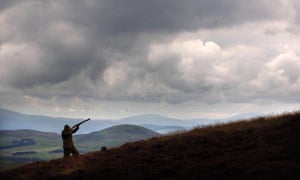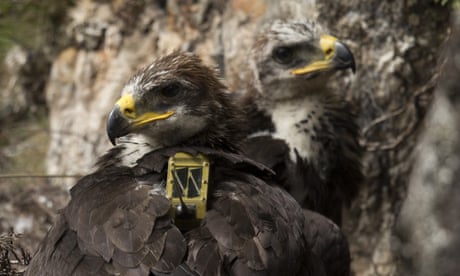The bloody truth about conservation: we need to talk about killing
A civilised debate on predator control is the first step towards protecting Britain’s ever declining number of wild species
There is an imbalance in the UK’s suite of predators. We have disrupted the natural order over centuries, by taking out many, if not all, of the top predators – wolves, bears, eagles, goshawks etc – that would naturally keep the others in check. Today the question of which predators we kill, where we kill them, how many we kill and who decides all this is one of the most divisive that conservationists face.
Predator control is often brutal and bloody. It means killing some species so that others may live. It may mean shooting a fox that is hunting to feed cubs, so that a colony of Arctic terns can nest. It might require killing hundreds of crows so that sheep can lamb in peace. A life for a life.
During the recent warm weather I went on a train journey. We slowed down in the middle of large fields. Close to the track was a Larsen, or “calling bird”, trap: a spring-loaded device for catching magpies and crows. The sun beat down on the steel cage with its lone prisoner. It was a stark image amid the heat shimmer and the short, green crops. The train lurched forward and the scene receded, but the image stayed with me because I knew what would happen to the corvids that answered the call of the captive and entered the trap. Either their necks would be broken or their heads smashed against a wall or the side of a vehicle by the farmer or gamekeeper.



.jpeg)